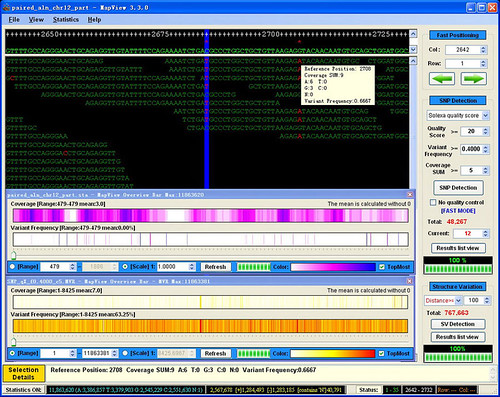Originally posted by cdf
View Post
Thank you for your message.
I will add a command line parameter to change the process priority.
WJW-Davy

Leave a comment: